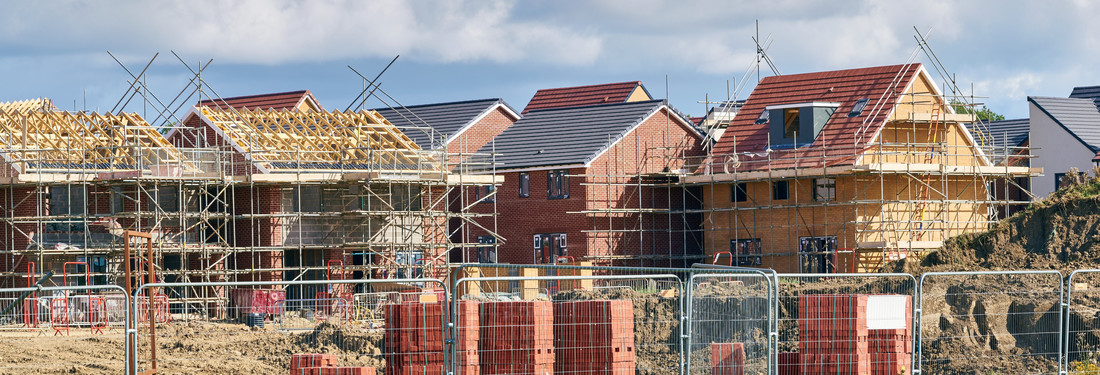Set up to fail? What happened with the Green Homes Grant Voucher Scheme?
9 Sep 2021 01:46 PM
Blog posted by: Andrew Baldwin, 08 Sep 2021.

News coverage of today’s National Audit Office (NAO) report into the Green Homes Grant Voucher Scheme has predictably concentrated on the headline statistics. These indicate that the scheme didn’t achieve anything like it set out to.
Of a potential £1.5 billion pot of money, only £35.9 million was spent by the end of the scheme and £314 million will be spent in total. That includes £50.5 million spent on scheme administration or, as the papers are rightly focusing on, more than £1,000 per home upgraded.
So why wasn’t the full pot spent? The scheme aimed to help 600,000 houses and despite some 113,738 homes applying for support only 47,500 were finally supported. And instead of supporting 42,000 jobs it only ended up supporting 5,600 (and even this was a departmental estimate, not a specific number).
Sadly, this will all sound far too familiar to some project professionals; it seems apparent now that the potential benefits were either unachievable or unrealistic. Either way, there are questions about project realisation.
The NAO report highlights multiple issues with the scheme including a far too ambitious time scale (a 12 week turnaround), a lack of long term commitment and a failure to learn from previous projects.
On top of this, delivery was always going to be strained. The department told the NAO that there were 31 vacancies out of an estimated 43 posts needed in its project team when the scheme was announced, and the department only consulted with installers after the government had announced the scheme.
There were also clear governance issues. The department’s own investment committee rejected the business case behind the scheme, and the NAO report points out that no bidder thought it was possible to fully implement the required digital voucher application system by the scheme’s launch.
But was it set up to fail as has been suggested this morning? Seen in the context of COVID-19, where departments were encouraged to do something, anything, to help boost economic growth, it was probably right to attempt to do something. And the original aims and objectives were encouraging –we must support and inspire more efficient home upgrades to achieve the Government’s net zero ambitions.
So if we’re being charitable, the scheme served a purpose, albeit an incredibly reduced one from that envisaged at the start. But the £1,000 per home administration figure cannot be ignored, nor can the fact that the timings involved were simply not sustainable.
It’s likely there will be a lot more government projects of this nature in future – net zero will demand an ambitious programme with a number of quick win projects. In order to deliver this ambition, net zero projects must be long term in nature, properly resourced and well thought through.
About the Author
Andrew Baldwin
Andrew Baldwin is head of public affairs at APM. He has over 10 years’ experience in public affairs, having worked at two other professional bodies developing influencing strategies, building political relationships and promoting members’ views in supranational, national and subnational legislatures across the world. Before working in public affairs, he ran the Westminster office of a UK Member of Parliament and worked in the Secretary of State’s office in a UK government department.